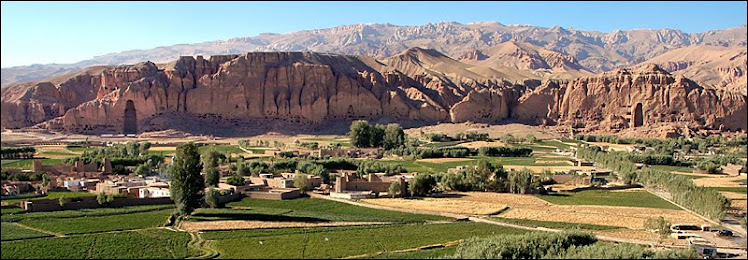Labuko, 30, is one of the few members of the 2,500-strong Kara tribe with a foot in the modern world. Instead of taking care of cattle or chasing birds from crops, he was sent at the age of nine by his father to attend a distant boarding school opened by missionaries. During a school holiday when he was back in his village, he witnessed Kara elders tear a screaming two-year old away from its wailing mother. When he asked his own mother what was happening, she told him the toddler was a “tooth mingi,” and that two of Lale’s sisters who died before he was born were mingi babies, too. Mingi, she explained, was anyone born a twin, babies born to unwed mothers or to married parents who fail to perform certain rituals for the elders, and children whose upper milk teeth erupt before the lower ones. At the age when American high-school students read Shirley Jackson’s short story “The Lottery,” about human sacrifice in a seemingly normal southern town, the stunned Labuko discovered that his own uneducated community believed disasters, such as drought and epidemic disease, were averted by killing “cursed” children. Infants identified as mingi would have their mouths stuffed with dirt, either to be abandoned in the bush and scavenged by predators or thrown into the crocodile-infested river; bodies were never buried for fear the earth itself would become infertile.
In 2008, Labuko, by then working as safari translator, started organizing other young Karo men who believed their brothers and sisters had died unnecessarily. Together they began confronting the elders of the three biggest Karo villages. After many meetings, Labuko received permission from the elders to take a two-year-old mingi girl named Bale to a house in Jinka, a large town three-day’s walk from the Karo tribal area, where he had rented a house with the help of missionary friends. Over the next four years through a network of sympathetic tribal informers, he was able to rescue 37 mingi children before the elders got there first. “I wanted them to become living proof that the mingi are blessed, not cursed,” he told me by phone earlier this year. With the aid of Omo Child’s U.S.-based president and fund-raiser, the photographer John Rowe, Labuko and Omo Child last summer installed water pumps in Karo villages to alleviate a severe drought, breaking the cycle of scapegoating mingi children for natural disasters. Meeting with the elders this June to review the health of the children at the shelter and the benefits of his own education to the community, Labuko convinced the elders to finally abandon the mingi murders.
After attending today’s ceremony, to which Ethiopian government officials have been invited, and where elders will celebrate with ritual food and beer tributes, Labuko and Rowe will spend the next two months in Ethiopia trying to convince the 45,000 members of the much larger Hamer tribe to also give up the harmful mingi tradition. The two men continue to raise money from overseas donors to build a permanent home, school, and clinic for the foundation, and to offer shelter not just to mingi children rescued from the Hamer and even larger Benna tribe, but to Kara girls who want to go to school instead of marrying at an early age.
There will be a lot of hard work ahead. The lack of efficient communication and transportation in the Omo River Valley, a region the size of Rhode Island with no paved roads, will make it difficult to convene tribal meetings and rescue even a fraction of the endangered Hamer and Benna children in time. Questions also remain about the Kara elder’s motives. If they demand payment from safari clients who travel to the Omo to photograph tribe members, what will elders demand in exchange for the sacrifice of an entire belief system? Will they expect a continual flow of aid and cash from foreign donors? (“We want to see for the coming years if it’s a blessing or a curse,” one Karo elder, Damo Bordo, told Labuko on July 1). And because babies born to unwed couples fall under the mingi category, what will happen to infants who survive but whose fathers can't necessarily be determined, and whose teenage mothers have no means of support? Will unwanted pregnancies still result in abandoned babies with or without the mingi label? To face these challenges, Labuko, who already has proven himself a remarkable leader, has enrolled as a student on full scholarship at Hampshire College studying food security and other subjects he hopes will benefit his community.
Mingi baby with caretaker at Omo Child Jinka shelter
Kara Elder

No comments:
Post a Comment